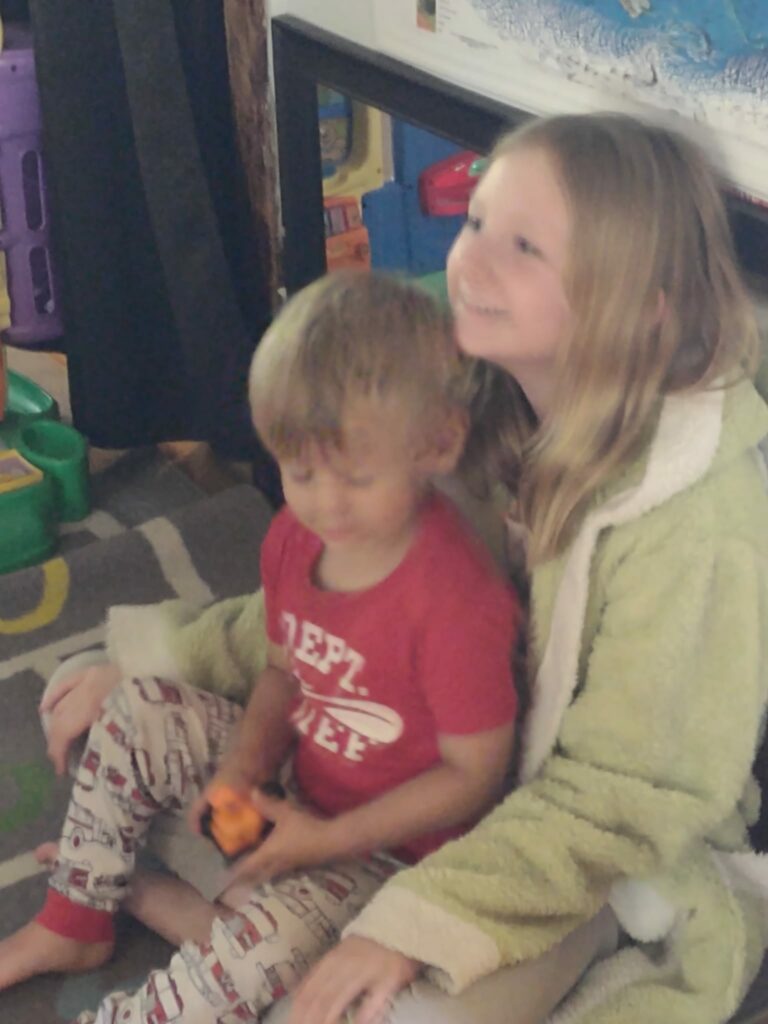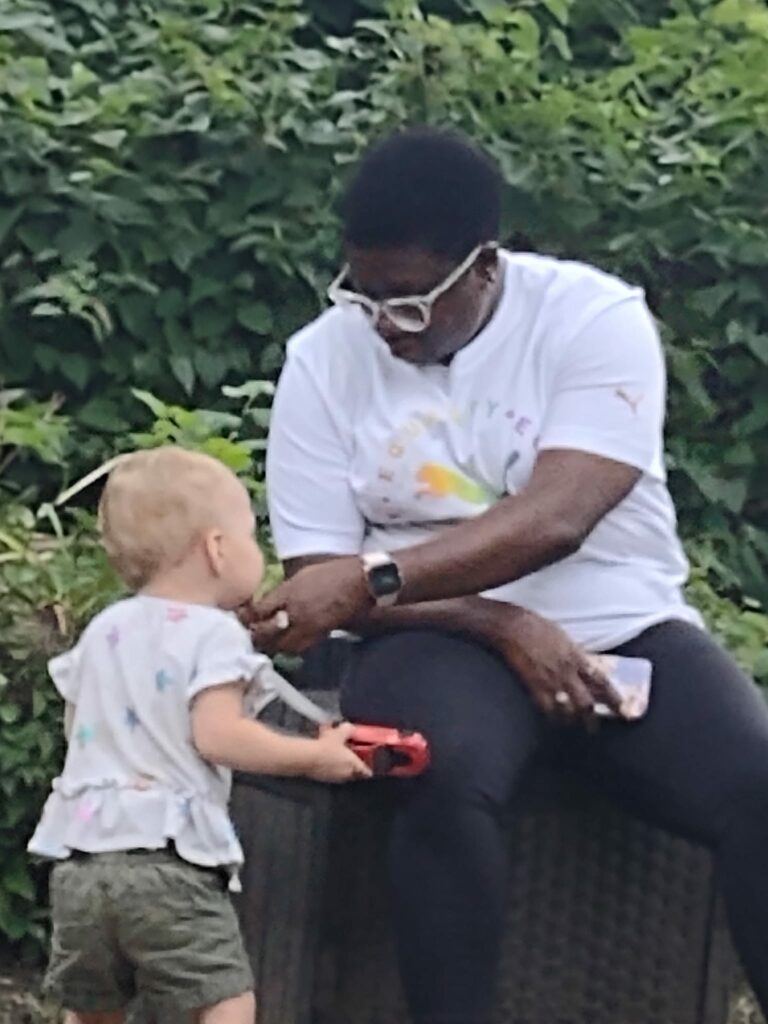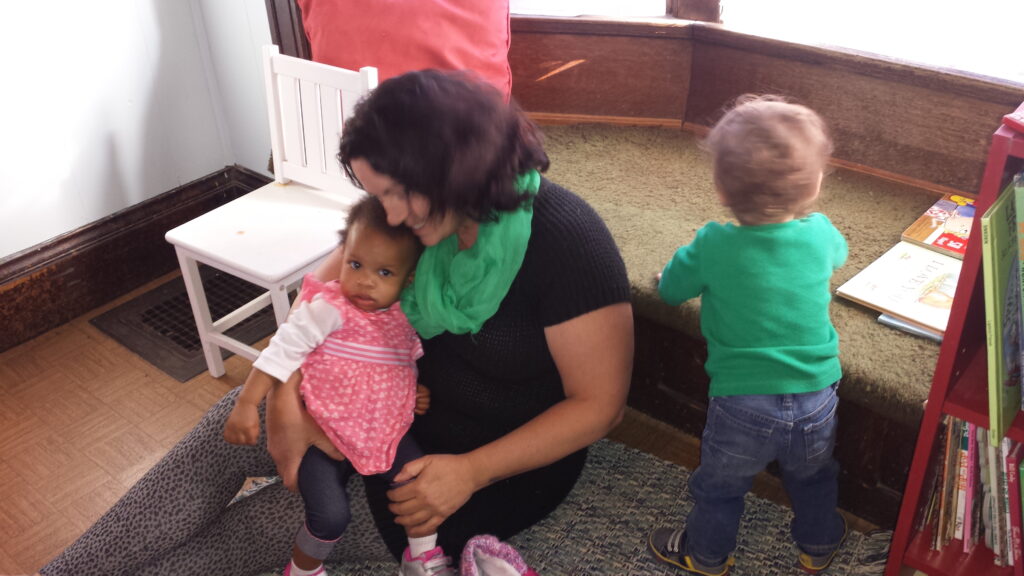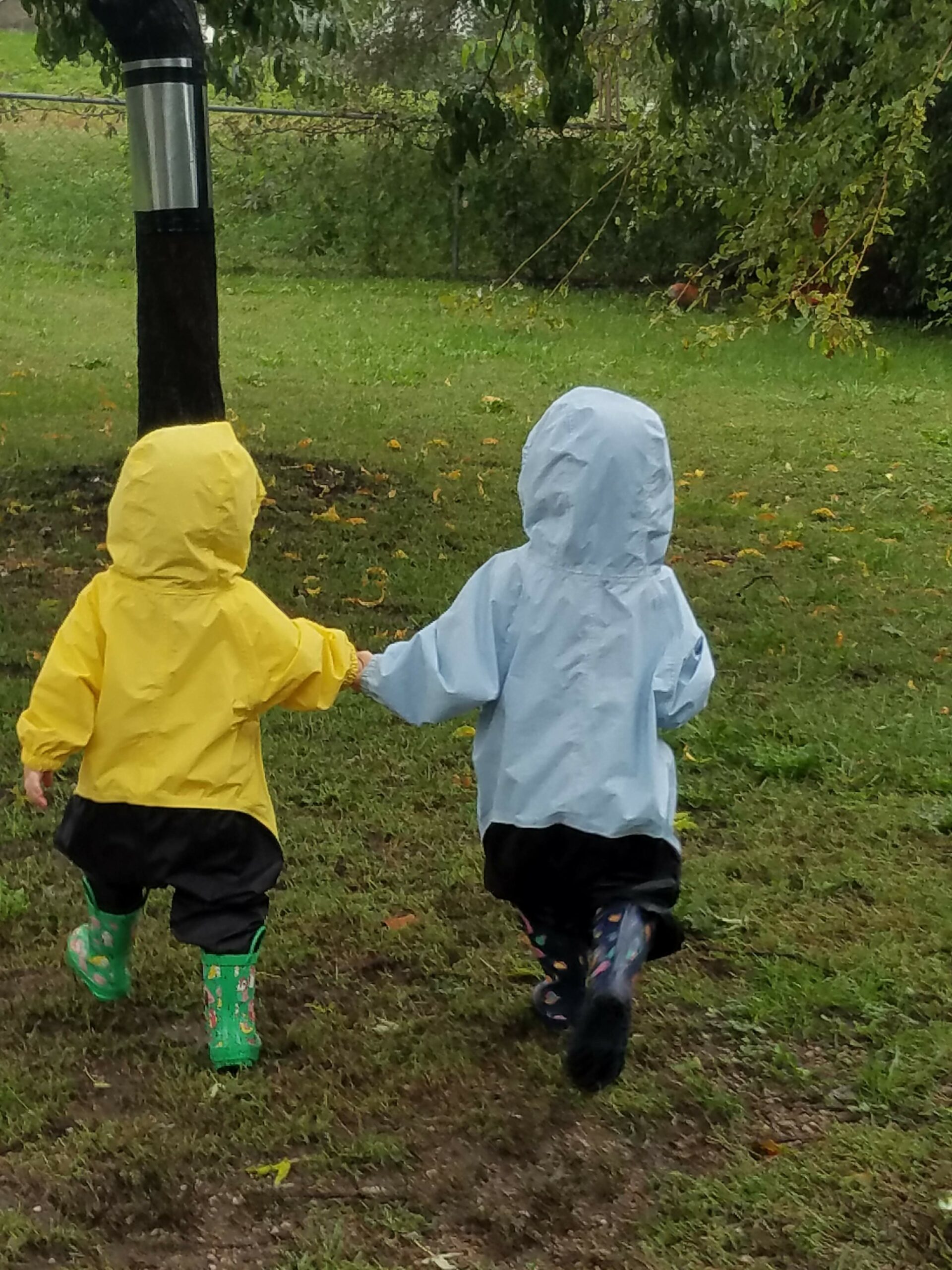When Birdsall House first opened our students were all infants and toddlers. Our families all understood the importance of the close relationships we were forming with their children. They also understood our philosophy for the infants and toddlers that pulls from R.I.E. and the teachings of Magda Gerber. Everyone was on board for our not having bouncy seats or other restraining devices and for our taking even the youngest infants outside to experience nature.
One family had doubts about our preschool program because like our infants, it was all child directed play. When their oldest son, Wes was three they became worried. I believe they were torn, they trusted me and my knowledge, but they were also surrounded by other parents of preschoolers who were talking about their children reading and writing at 3 years old.
I assured these parents that their child did not need to be reading and writing at 3. I also talked to them about how their child was learning so many more important things, like problem solving, social emotional development, a love of books and knowledge and getting their mind and body ready for learning when they start school.
They decided to keep their child here at Birdsall House and to also enroll him in a half day pre-K program with the school district. He loved the pre-K class and when he started kindergarten, he was more than ready. He is now 9 and in 3rd grade, enjoys school and does well in all his subjects.
The parents decided that Birdsall House and the pre-K program had been the perfect way to give their child a great start to school. When it was time, their second child, Crosby, started pre-K and again, did very well. Unfortunately, when he was ready to start kindergarten, it was 2020. The family decided to wait for kindergarten and instead enrolled Crosby in a neighborhood learning pod. This was a great alternative to starting kindergarten virtually, unfortunately for Crosby, he was a bit bored. By the time he started kindergarten, he was much more than ready. He told me that there was only one child smarter than him in his class and she had gone to a forest school. His parents and teachers were not sure exactly what to do with him. He is in first grade this year and has been admitted into the gifted program.
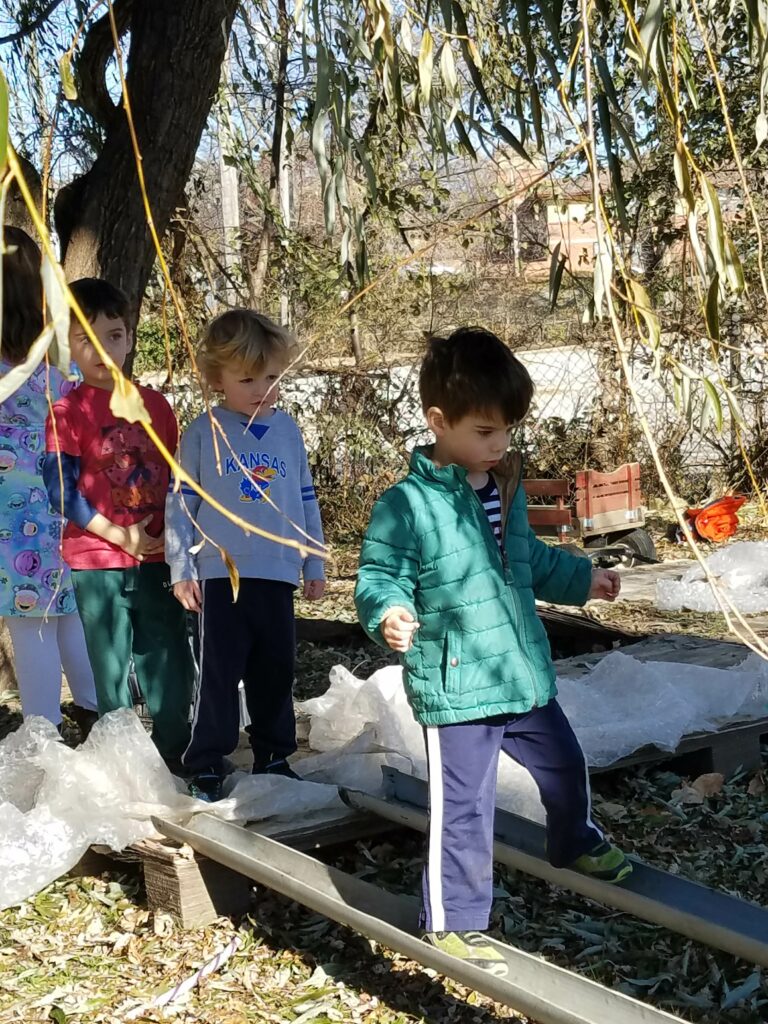
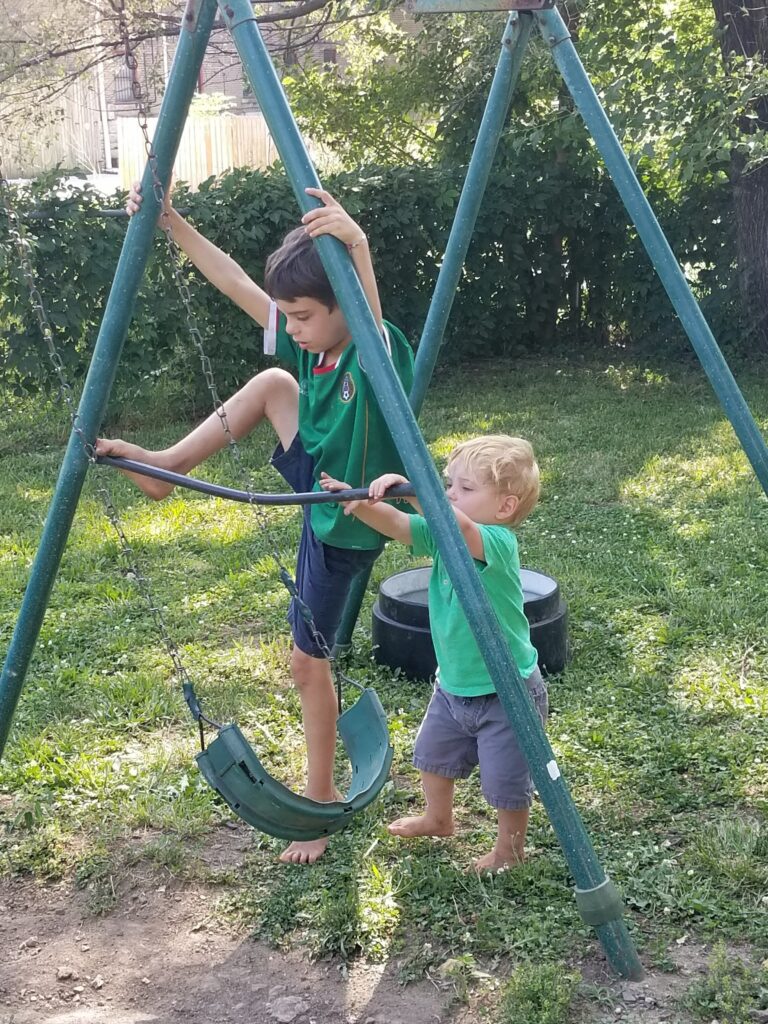
Their third child, Jacob, is currently four and I asked the mom why they had not sent him to the pre-K program at the school. Her response was “he doesn’t need to”, they have learned that the time their children spend here playing, is all they need to be ready for kindergarten.
This family has come to see the value of play in preparing their children for success in school and beyond.




